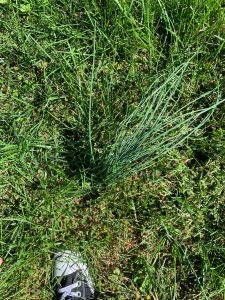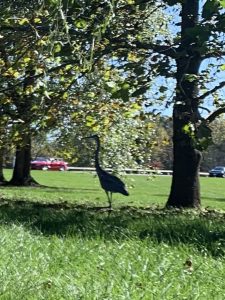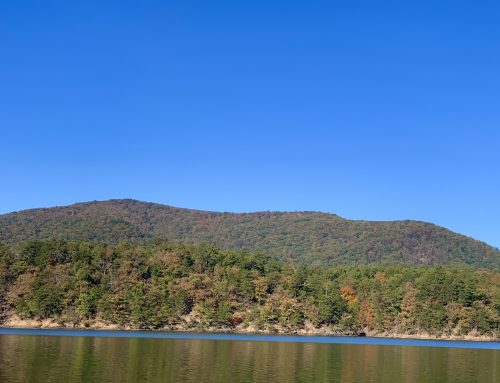After a few minutes of attempting to focus on sounds of birds and surrounding insects, I heard a loud rustling in the leaves behind me. I assumed someone had walked over, but when I turned around, I was shocked to see a large blue heron about 8 feet away. It had beautiful grey blue feathers and black facial markings. I watched it walk slowly around the edge of the pond, staring for minutes at a time at the water below. I assumed it was either scared of me, or more likely, looking for fish to eat. I watched its long slender legs carefully move in and out of the water and appreciated how wonderfully evolved they were. I wish I knew more about their process of catching fish, because I did not get to observe it catch one.
I heard lots of leaf rustling from the litter of the large leaf maple behind me. I also heard new bird songs I had not heard previously. I heard more chipping sparrows than crows and cardinals. I wonder if the area I sit in is not within range of many species.

Black Alder

Wild Onion

Blue Heron
I believe the black alder may be related to birch trees due to its similar leaves and cones. After researching, I found out this is correct. I also found out that it is native to Europe, and parts of Asia and Africa. It is also considered invasive in the Midwest. It has been used as medicine culturally, and research has shown the seed extracts act against pathogens. I would like to do more research on medicinal plants in Virginia, because I am only familiar with plants in New England. I would like to research the overlap in species and see what new surprising plants I can ind.
I would assume that wild onion is very closely related to onion and possibly garlic. Upon researching, this is true. Allium is the genus of plants in which it belongs, which is also related to scallion, shallot, leek, and chives. It would be interesting to go back and taste it, because I now know it is edible. I may even dry some out and use it for food. I think it is very important to recognize what pants are closely related and genetically different.
Lastly, I was not too sure about the great blue heron, although I know there are many different types of heron. After research I found out they are related to many other birds such as pelicans and ibises. This is logical, as all these birds are similar in shape. I had previously never seen a large bird like this up close. It was a very beautiful experience and I hope to see the bird again soon.
Overall, I think this was my favorite sit spot observation. I saw changes in foliage and observed multiple new species. Next time I think I will try to examine more species in the water as well and the plants and organisms in the pond. I was not as distracted by work and I enjoyed the cooler fall weather.


So neat you had the GBH so close! Sitting quietly can make for magic!